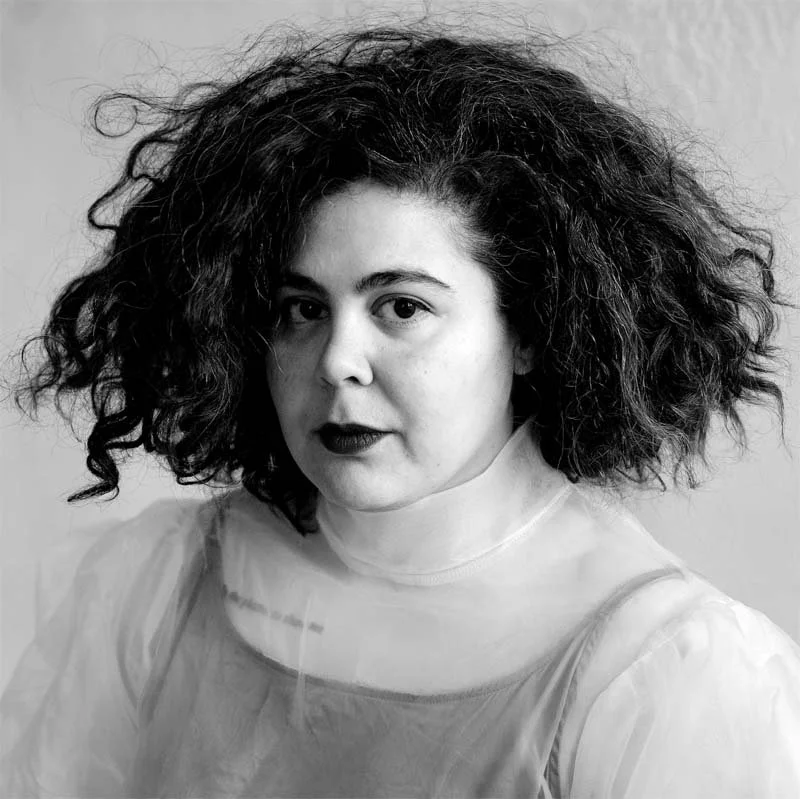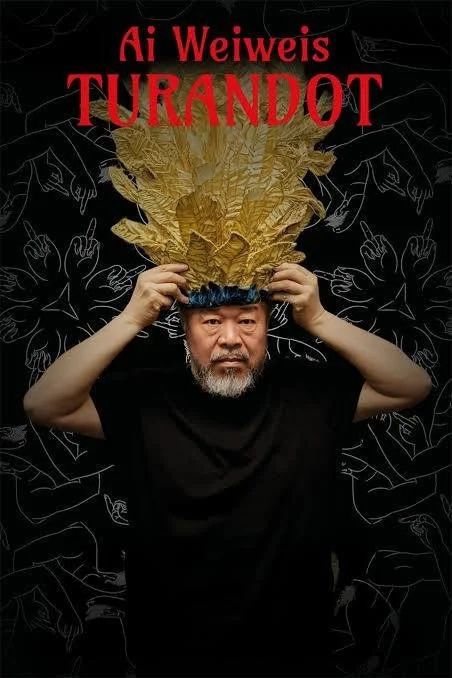Lara Mimosa Montes is a writer, editor, and teaching artist whose practice and experiences span the fields of alternative publishing and experimental writing. Lara is the author of THRESHOLES (2020) and The Somnambulist (2016). Her writing has appeared in Amant, BOMB, Fence, POETRY, The Institute for Studies on Latin American Art, and elsewhere. She is the recipient of artist residencies and fellowships from MacDowell, Marble House Project, Jentel, and Headlands Center for the Arts. @laramimosa
You were born and raised in the Bronx. How did it influence your art, writing, and your thinking about the world?
I can only imagine the impact of graffiti culture had on me as a young person. From a young age, I experienced writing as this very graphic, colorful, and public experience. Growing up in the Bronx, my experience was also a very multicultural one. I remember as a young girl having a very eclectic circle of friends; among ourselves, we spoke English and yet our parents and grandparents spoke a variety of other languages and came from many different countries. As a writer, it would feel very unnatural now to turn away from some of the impulses I might have developed back then. Mixing and matching different kind of literary styles, code-switching, periodically dropping into different languages... I read my work and I can trace the connections to my early lived experience. For example, my maternal grandmother spoke three different languages: English, Spanish and French. It was common for her to switch in between languages while soeaking, as though she lost track of what she was saying, or perhaps whatever she was saying could only be said using all three. It was eccentric, but it was also part of her charm: she wasn't a small-town girl, she was a citizen of the world and I take a lot of inspiration from that.
What kind of reader were you as a child? What books made you fall in love with reading as a child? I know that I read books as a child, but I didn't exactly become interested in words or books until I was a teenager. As a child, the way I encountered words was as this visual phenomena: through the experience of graffiti and animated cartoons, particularly Looney Tunes. I think I was too young to understand the principles of animation, but the early exposure to those forms lead me to write my own books as a child. One of those early books was called "Drawing." It was very "meta" as the title was surrounded by my illustrations of pencils. I might have been around seven or eight years old. As an adult, I am often writing about the experience of writing. It's like I can't stop. But if you watch some of those old Looney Tunes cartoons, it was a hallmark of that particular era to flirt with the fourth-wall. Those images must have really provoked me as a young child because some of the philosophical problems those images play with (the constructed-ness of the world? The unknowable nature of origins? The nature of creation?) still haunt my writing today.
Can you walk us through your daily writing rhythm or rituals?
The essence of my work manifests through a very involved revision process. I tend to be impulsive and a bit reckless. I don't believe that I can "break" or "ruin" my work, and to prove that, perversely, I will do any number of things to my sentences and my paragraphs in order to test and discover their true essence. Any changes I invite into the process are part of the process, and it is in that becoming that the world will reveal itself. I try not to waste time agonizing about any one decision and I try not to get too attached to any one idea for too long. I like to write quickly, yes, discovering things as I go. I change my mind often and invite other voices into the process because I also like to come under the influence of other writers and artists. I get bored of my own voice so I habitually expose myself to other people's voices with the hopes that it might spark some new thinking in new directions, and it usually does.
Tell us about the creative process behind The Time of the Novel.
My latest book, The Time of the Novel (Wendy's Subway, 2025) is about the experience of leaving behind the Real to become fiction. The story is a sort of reverse-Pinnochio in that it tells the story of person who wishes to become an unreal girl. My writing tends to blur the boundaries between life and art. In order to write what I knew would end up being a voice-driven, first-person narrative, I knew I had to quit my job. I had no idea what would happen after that. I felt that being intimately acquainted with this uncertainty was some kind of necessary precondition I had to accept in order to write the novel. This advice is ill-advised, and there is a great deal I am leaving out here that is deeply unglamorous. It is common for me to, on behalf of my writing life, invite a fair amount of risk into the process. Risk is relative to the person taking the risk. Obviously, I am alive, and I finished the book. I live to write another day.
Do you keep a journal or notebook? If so, what’s in it? I have several notebooks. I tend to use notebooks to outline concepts and ideas, lists, in addition to various apps on my phone. I am very irregular and erratic in terms of my documentation.
Which writer, living or dead, would you most like to have dinner with? I would not like to eat dinner with a dead person. I do think it would be fun to grab dinner with Alejandro Zambra.
How does art, music, or film seep into your writing process?
I draw inspiration from many artistic fields performance, dance, and the visual arts.
As a writer, how do you think we should respond to the rise of machine-generated content? And why is it important that humans remain at the center of the creative process? I think the drive to tell stories is an innate one. But I also don't know that I believe humans should remain at the center of the creative process. We continue to center ourselves and our experience this causes problems for the rest of the world. I do not support artificial intelligence insofar as it seems to mirror our most base, destructive impulses. But I also believe our human-centered perspectives could stand to be decentered so that we might better see what we stand to lose. I would reframe this question as one where we consider what we have to gain by centering non-human styles of cohabitation and creation.
Tell us about some books you've recently enjoyed and your favorite books and writers of all time. I have recently grown to love reading literature in translation.
Some recent books I've enjoyed:
Hunchback by Saou Ichikawa, Translated by Polly Barton
My Heavenly Favorite by Lucas Rijneveld, Translated by Michele Hutchison
Classics I love, also in translation: Unica Zurn's Dark Spring and Fleur Jaeggy's Sweet Days of Discipline
Exploring literature, the arts, and the creative process connects me to… the elemental experience of creation.
It is so easy to feel cynical and hardened. So much of our everyday lived experience is becoming flattened via our reliance on social media and screens. We know these technologies are harming us and not only are they affecting our abilities to think, but to perceive. Art restores our dignity as perceiving-beings.















































































